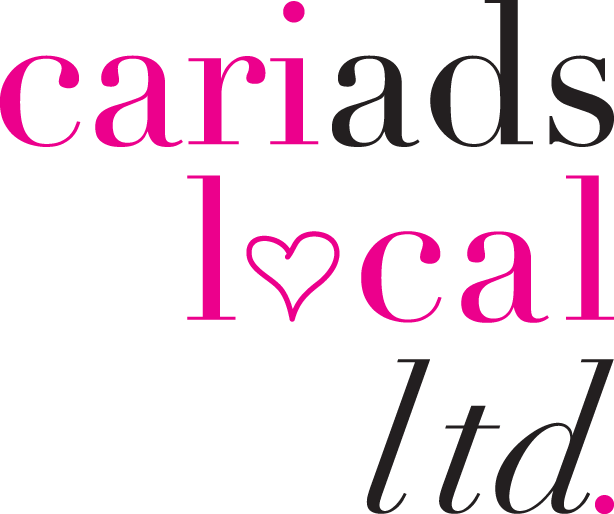Ludlow’s Burgages
At the time of the Norman conquest most people lived on manors in rural areas. There were few towns and they were very small, with London being not much larger than Ludlow is today! Between 1066 and 1190 a hundred new towns were created in England and Wales, and Ludlow was one of them. Having built the castle around 1090, the de Lacys laid out the town on a grid pattern that linked the castle with the ancient road running along Old Street and Corve Street. Their reasons for creating the town included the need to supply services to the castle, but there was also profit to be had from setting up a market.
The town was partitioned into plots called burgages which were typically long, narrow rectangles. Placing the short ends side-by-side ensured that the maximum number of burgages had a street frontage on which a building could be placed. As well as dwellings, these properties developed into shops, inns and workshops. As so many of our burgage plots remain, Ludlow has often been cited as the perfect medieval town.
Life in the new town was in stark contrast to that under the manorial system in the countryside.Town dwellers had more freedom and eventually far more rights. As manufacturing and trade developed, the pressure for accommodation increased. As early as the 12th century, back-building was occurring in Corve Street and this trend was to continue. Attorneys Walk is an excellent example.This single or double burgage runs from the Bull Ring to the town wall and the line of back-building can be clearly seen on the plan. Article supplied by Hugh Wood
Image: C19th plan showing back building in the Attorneys Walk burgage plot.
Photo: Attorneys Walk today. www.mortimerhistorysociety.org.uk www.ludlowhistory.co.uk



